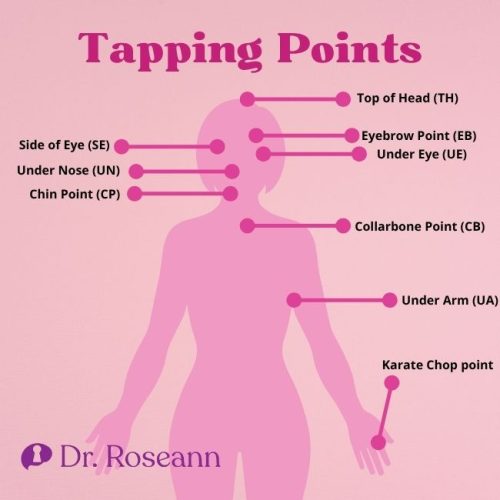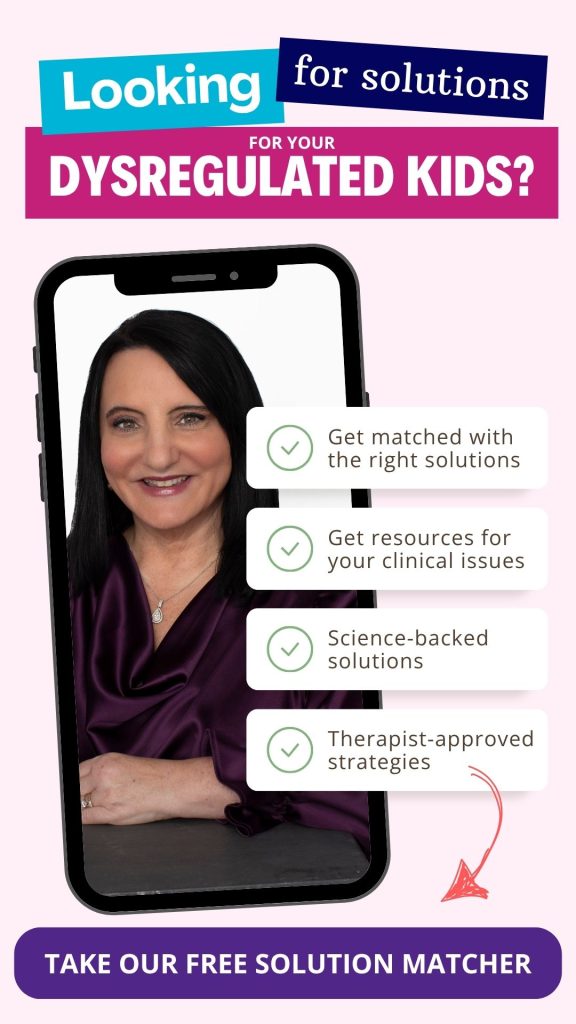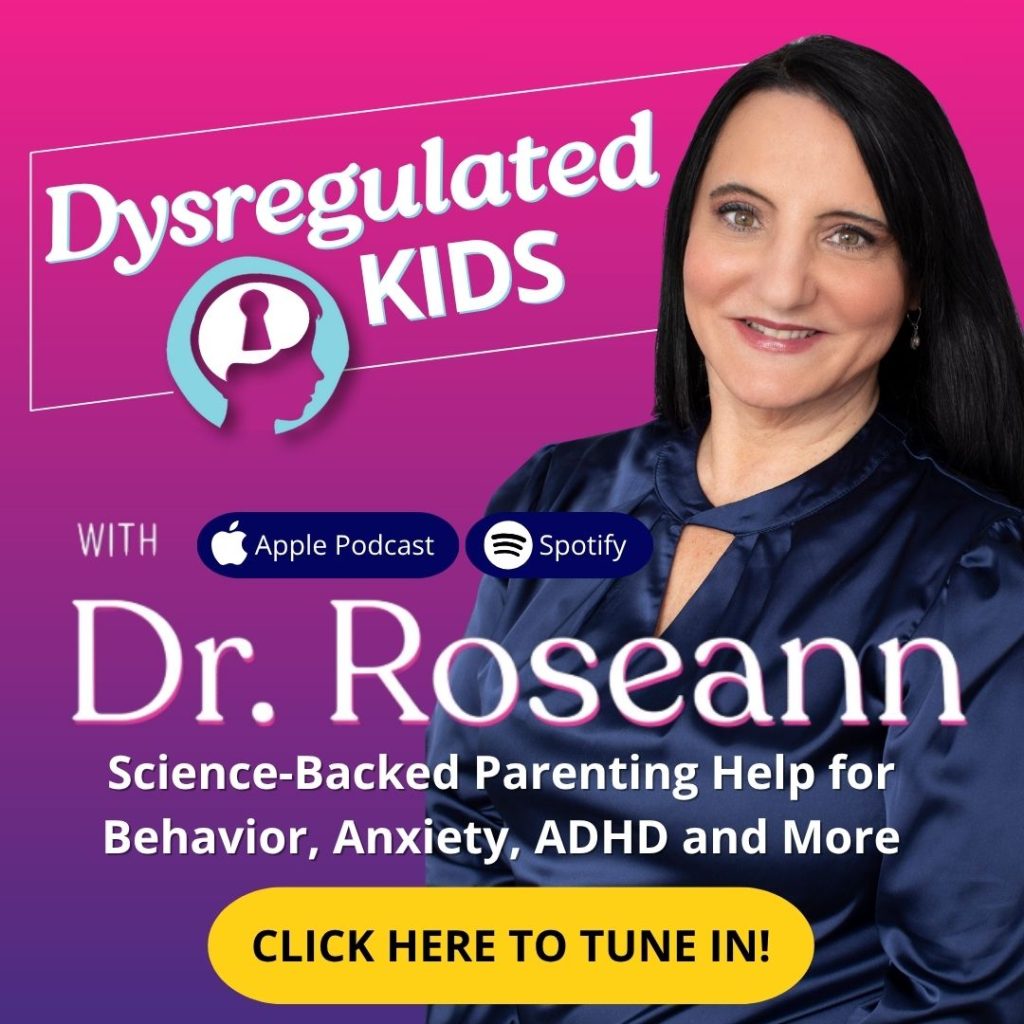If your child’s anxiety feels like a tidal wave you can’t control, and you’ve been trying different techniques but those do not seem to be working. Learning how to do EFT tapping for anxiety can be a game-changer for you.
In this blog, you’ll discover what EFT tapping is, why it works, and exactly how to use it with your child to bring calm into your home.
What is EFT tapping, and how does it work for anxiety?
EFT (Emotional Freedom Technique), also called tapping, combines gentle tapping on acupuncture points with coaching language to ease stress, anxiety and emotional dysregulation.
Studies show it blends somatic regulation and cognitive strategies, helping quiet the amygdala and cortisol response quickly.
Why it works:
- Nervous-system reset: Tapping shifts your mind from fight-or-flight into rest-and-digest.
- Mind–body connection: It helps your child become aware of emotions held in the body and release them.
Is EFT safe and effective for kids?
Yes, EFT is gentle, non-pharmaceutical, and adaptable for all ages. Research suggests large effect sizes in anxiety relief after just a few sessions.
In fact, studies have shown that children benefit from EFT for test anxiety, behavioral issues, emotional dysregulation, and even trauma-related symptoms (Curtis, 2023).
Real-life example:
Julia, mom of a 10‑year‑old with anxiety—starts each morning with a 3‑minute tapping round. Within weeks, her daughter’s tummy‑aches and worries before school dropped significantly.
Why it’s parent‑friendly:
- Can be led at home
- Puts control in your child’s hands
- Promotes bonding through co‑regulation
When and how often should we use EFT tapping at home?
You can use it anytime your child feels worried or overwhelmed, and also as a proactive daily habit.
- Use it during moments of stress: before tests, after playdates gone wrong, at bedtime restlessness.
- Use it regularly: integration into daily routines makes the nervous system more resilient.
What are the 5 steps of EFT tapping for anxiety?
I use a simple 5‑step version adapted from clinical EFT:
- Identify the worry (e.g., “I’m scared to go to soccer”).
- Rate the distress (0–10 scale).
- Setup statement: “Even though I feel ____, I still love and accept myself.”
- Tap 9 points while repeating a short reminder phrase (“scared for soccer”).
- Re-rate distress and repeat until rating is around 2–3.

Can EFT take the place of therapy or medicine?
Short answer: No, but it can complement them.
- EFT is not a substitute for therapy or medication in severe cases.
- It works best alongside professional treatment, parent coaching and other holistic approaches for anxiety.
Expert quote:
“Tapping allows our nervous system to be safe in processing the anxiety that lives in our body as well as change the thoughts that come with the feeling of anxiety,” says Kristen Curtis, certified EFT practitioner.
Tip: Consult your child’s therapist before introducing EFT into serious treatment plans.
How can I get my child started with tapping?
Simple starter tips:
- Let your child explore what feels comfortable—soft tapping, no pressure.
- Use playful language: “Let’s tap out the worries!”
- Use short scripts: “Even though my tummy feels funny, I’m safe and strong.”
- Validate feelings first: “I hear how scary that was.”
Real-life example:
Aleena, mom of an 8-year-old with sensory issues, introduced tapping as part of their “Calm Corner.” Seeing her daughter’s shoulders relax during bedtime tapping helped deepen their connection.
What should I do if tapping makes my child more upset?
Sometimes tapping brings buried feelings up—that’s a sign of doing good work.
What to do:
- Stay calm and encouraging: “Let’s just notice it and tap it out.”
- Use soothing language: “It’s okay to feel sad—let’s tap gently.”
- If overwhelmed, pause and breathe, or wrap up with a grounding activity.
What are the EFT tapping points and where do I tap?
When starting EFT (Emotional Freedom Technique) with your child, one of the most common questions is: Where do we actually tap? Knowing the correct tapping points is essential to helping your child feel calm, grounded, and safe.
These tapping points are located on energy meridians throughout the body, similar to acupuncture—but instead of needles, we use gentle fingertip tapping to stimulate these points.

Here are the 9 main EFT tapping points used in a full round:
1. Karate Chop Point (Side of Hand)
- Location: On the fleshy outer edge of the hand, below the pinky.
- Use this point while saying the setup statement.
Example: “Even though I feel worried about school, I deeply and completely accept myself.”
2. Eyebrow (EB)
- Location: Beginning of the eyebrow, right above the inner corner of the eye.
3. Side of Eye (SE)
- Location: On the bone next to the outer corner of the eye.
4. Under Eye (UE)
- Location: On the bone directly under the eye.
5. Under Nose (UN)
- Location: The small area between the bottom of the nose and the top of the lip.
6. Chin (CP)
- Location: The area between the bottom lip and chin.
7. Collarbone (CB)
- Location: Just below the hard bony area under the throat, to either side.
8. Under Arm (UA)
- Location: About four inches below the armpit, roughly where a bra strap would go.
9. Top of Head (TH)
- Location: Directly on the crown of the head.
Tip for Parents:
You can tap with just two or three fingers using gentle pressure. Start slow and let your child watch or mimic you. Keep your voice calm and consistent. If they can’t tap all the points, that’s okay—just doing a few can still help.
Real-life example:
Meera, mom of a 7-year-old with separation anxiety, taught her daughter just three points (karate chop, under eye, and collarbone). That small routine became a calming bedtime ritual—and within two weeks, Meera saw fewer bedtime tears.
Remember:
It’s not about doing it perfectly. It’s about creating safety through connection and routine. You’re helping your child say: “I’m safe. I can calm down. I’ve got this.”
It’s gonna be OK.
Parent Action Steps
FAQs
Is EFT tapping backed by research?
Yes—over 100 clinical trials show EFT significantly reduces anxiety, PTSD, and stress symptoms.
Can a 5‑year‑old do tapping?
Absolutely—use simplified words, model tapping, and let them tap along at their own pace. Keep it playful.
What if my child resists tapping?
That’s normal. Offer choices (“Do you want to tap or hug?”), and model tapping yourself to invite them in gently.
How long before we see results?
Some families report feeling shifts in 1–3 minutes; deeper change happens over weeks of consistent use.
Do I need special training to lead tapping?
No—our free guide includes parent‑friendly scripts and visuals. For complex trauma, consider professional training.
Terminology
- Amygdala: The brain’s “alarm system” that triggers fight‑or‑flight. EFT helps calm it.
- Parasympathetic nervous system: The body’s “rest and digest” mode, opposite of stress. EFT shifts you here.
- Subjective Units of Distress (SUDS): A 0–10 scale used to rate emotional intensity.
Citations
- Church, D., Stapleton, P., Kip, K., & Gallo, F. (2020). Is tapping on acupuncture points an active ingredient in Emotional Freedom Techniques? The Journal of Nervous and Mental Disease, 208(8), 599–607. https://doi.org/10.1097/NMD.0000000000001197
- Curtis, K. (2023). Tapping for Anxiety: How It Works and Tips for Doing It. Verywell Mind. https://www.verywellmind.com/tapping-for-anxiety-7211994
- Beer, J. (2025). EFT Tapping: The Psychology Behind Tapping Therapy. PositivePsychology.com. https://positivepsychology.com/eft-tapping-therapy/
Dr. Roseann Capanna-Hodge is a licensed mental health expert that is frequently cited in the media:
- Barriers To Bridges Breaking the Cycle of Anxiety and Harnessing the Healing Power of Meditation.
- Yahoo!Life Anxious and On-Edge? MDs Share the Best Supplements to Tame Stress Naturally
- PIX 11 (Video) Election Anxiety
Always remember… “Calm Brain, Happy Family™”
Disclaimer: This article is not intended to give health advice and it is recommended to consult with a physician before beginning any new wellness regime. *The effectiveness of diagnosis and treatment vary by patient and condition. Dr. Roseann Capanna-Hodge, LLC does not guarantee certain results.
Are you looking for SOLUTIONS for your struggling child or teen?
Dr. Roseann and her team are all about science-backed solutions, so you are in the right place!
Help your child find calm and focus using FREE EFT Tapping Guide











